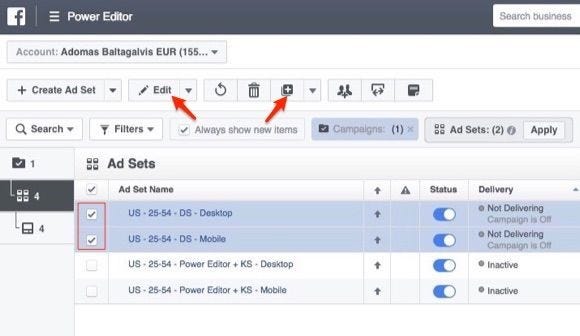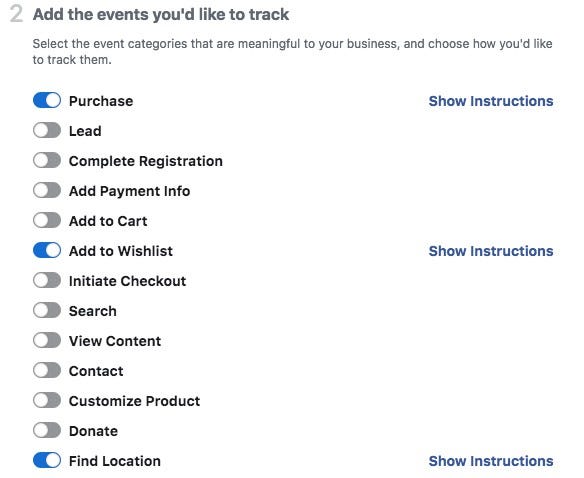How one of the world’s biggest marketers ripped up its playbook and learned to anticipate intent
For decades, the CPG industry has been about doing things en masse: mass manufacturing, mass distribution, mass communication. Media and marketing campaigns were focused on reaching the most people, rather than the best people to drive growth for the brand.
But mobile and technology are disrupting our industry in every aspect. Today’s shoppers are more connected on mobile, have a limited attention span, and are more demanding of brands. Furthermore, people are being presented with an astronomical amount of choice and are bombarded with hundreds of messages everyday. As a result, their decision journey is no longer linear. And enabled by digital, people can now thoroughly search and review everything, including food and beverages, making their choices much more personal. To stand out, we needed to evolve our approach and deliver a personal and valuable experience every single time a customer interacts with our brand.
To stand out, we needed to evolve our approach and deliver a personal and valuable experience.
If we anticipate consumer needs, we can shape the nonlinear journey and deliver more valuable and personal experiences. That means ripping up quite a bit of the traditional marketing playbook and learning to anticipate individual intent at scale.
Change is hard for any brand. But to not attempt it was out of the question. We had to deliver against an increasingly unpredictable consumer journey if we wanted our brands to be as loved for the next 120 years as we have been for the last 120. So, as an organization, we took a deep breath and got to work.
First up: Find the right tools for a customer-first approach
There’s no efficient way to manually anticipate and deliver against individual consumer needs at scale. It’s just not physically possible for humans to ingest and make sense of that much data. For starters, there’s so much data out there to make sense of: first-party data, data from retail partners, syndicated sources, and digital partners. To make things even trickier, data sets are often incomplete or exist in silos. The answer lies with machine learning technologies that can build a consumer-first approach.
Because PepsiCo’s underlying infrastructure was designed for our traditional marketing goals, we didn’t have the right digital tools, talent, or processes in place to help us more deeply understand consumer insights and intent signals. Becoming more digitally mature meant we had to rethink across each of those dimensions.
We then hired analytical talent and established cross-functional workflows around an infrastructure designed to put consumers’ needs first. Then we set up the right processes to make critical decisions based on data and technology use cases. Finally, we invested in the right technology stack and platforms so that data could flow into a central cloud-based hub. This is critical. When data comes together, we develop a holistic understanding of the consumer and their journeys.
When data comes together, we develop a holistic understanding of the consumer and their journeys.
Next: Understand the consumer’s DNA
Once you’ve got your digital tools in place and your data connected in a central repository, you can start to anticipate needs, define the shopping journey, and deliver more valuable and personalized experiences. We call this understanding the consumer’s DNA.
We can now deeply understand our consumer’s needs, context, and location in the shopping journey. From that, we’re able to combine insights with storytelling and drive personalized experiences at scale. We can see if and when to connect with a consumer and know what to say.
To reach the right segments with the right messages for the 2019 launch of Bubly, we used YouTube’s Director Mix to dynamically develop creative based on individual preferences. This means we can personalize video content depending on someone’s current state of mind. If someone was interested in music, they might have seen an ad with copy that reads, “Add me to your playlist.”
Someone else who is health conscious might see an ad that says, “No calories. No sweeteners.”
These personalized ads drove best-in-class brand awareness, increasing awareness by 30% more than the product-benefit messaging alone. Over the last two years, we have refined our personalization playbook to reach consumers based on their individual intent.
Finally: Use insights to fuel business strategy, not just marketing
We can no longer rely on outdated methods and tools to help us get the insights to shape business strategy. As an organization, we’re rebuilding from the inside out, so we’re in a better place to predict what the best content and innovation strategies are.
We’ve built an in-house consumer insights engine using Google’s Ads Data Hub that replaces traditional research (such as, focus groups) and uses real-time data to detect areas for innovation. For example, we brought back Crystal Pepsi in response to consumer demand. Our Maker Overnight Oats and flavored water products were developed based on search and social media insights. And the launch of our new e-commerce-only brands, such as Ojas Studio, were designed in response to the demands of our online shoppers.
We’ve also developed a dashboard that helps us anticipate consumer needs. This geographic “heat map” uses relevant search queries and sales so we can have a real-time snapshot of the types of products people want, and where they’re looking for them. We’re even finding ways to use insights to project upstream supply-chain opportunities, which can impact changes in distribution. We can have the right products available in areas where people are more responsive to our advertising and have a preference for a specific item.
Future-proofing never stops
This is an ever-evolving journey for us. We understand the world of digital, data, and media is constantly changing. To future-proof our business, we’re committed to learn and unlearn where necessary. That means constantly rethinking how we connect with people, finding new business opportunities, and measuring success. It feels daunting, but every journey starts with a few steps. For us, it was getting to the heart of what our customers want and then mapping out the people, processes, and platforms to get there.
















